What’s Driving the Lab-Grown Diamonds Market in 2025?
Published: 2025-09-10
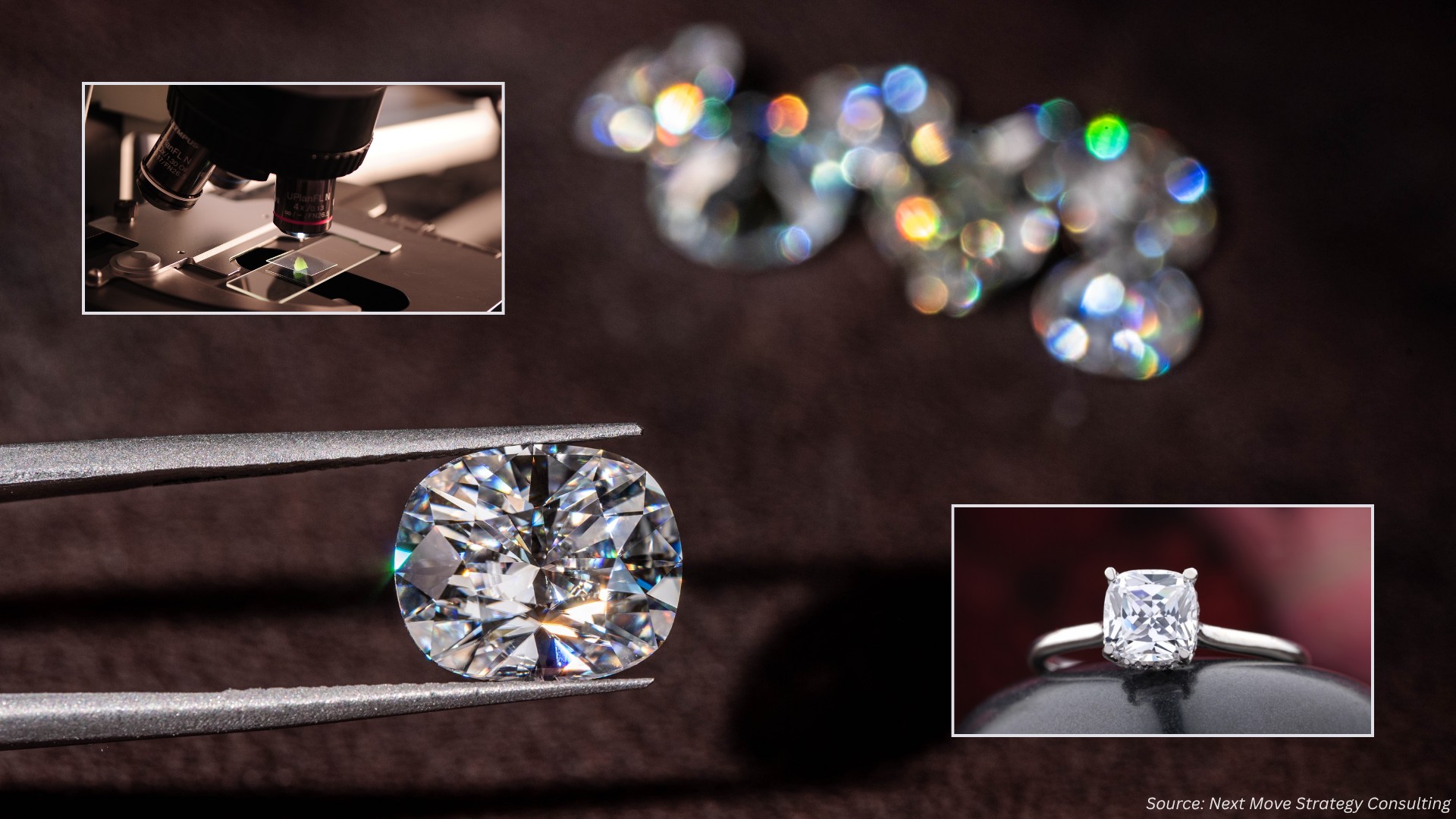
The Lab-Grown Diamonds Market is sparkling brighter than ever, predicted to soar to USD 34.06 billion by 2030 at a compound annual growth rate (CAGR) of 8.8%.
Why? Consumers, especially Millennials and Gen Z, are prioritizing sustainability, affordability, and ethics over traditional mined diamonds.
But who’s leading this dazzling transformation, and what key developments are shaping the industry? Let’s dive into the market’s top players and their bold moves in 2024–2025.
Why Are Lab-Grown Diamonds Gaining Traction?
1. Affordability
Lab-grown diamonds, created using advanced technologies like Chemical Vapor Deposition (CVD) and High-Pressure High Temperature (HPHT), are chemically identical to natural diamonds but cost relatively less. Buying a mined diamond often involves hidden expenses, like markups from middlemen and premium charges for rarity. Lab diamonds eliminate these extra costs.
2. Guaranteed Quality & Sustainability
Lab grown diamonds address one of the biggest concerns in the traditional diamond industry: ethical sourcing. Mined diamonds are often associated with unethical practices, including human rights violations and environmental degradation. The term "blood diamonds" highlights the darker side of traditional mining.
Lab grown diamonds, on the other hand, are created in a controlled environment without exploiting labor or harming ecosystems. Their eco-friendly production appeals to younger buyers, especially millennials and Gen Z, the guarantee of conflict-free sourcing makes lab grown diamonds an ethical and responsible choice. Also, they are graded and certified just like mined diamonds, guaranteeing their brilliance and durability, providing unmatched assurance and value.
3. Technological Advances
Innovations like AI grading enhance production. AI diamond grading helps to boost customer confidence by providing precise, non-disputable grading results that are backed by objective technological processes. A staggering 35% of companies are already leveraging AI, while an impressive 42% are actively exploring its integration for the future. This marks the inception of a new era characterized by unmatched precision and reliability, putting the power of this cutting-edge technology directly into the hands of end consumers.
4. Consumer Trends
Let’s clear up the biggest myth first. Lab grown diamonds are real. They’re not fake, synthetic, or costume jewelry. If you’re wondering what percent of millennials are buying lab grown diamond rings, it’s already over 70% in 2025. But Gen Z is catching up—fast.
Gen Z is stepping into the spotlight – Lab-grown diamonds offer larger sizes for the same price as smaller mined ones, making them a smart, stylish choice. Younger consumers value the savings and the ethics—they get the same sparkle without the premium. Whether it's a personal purchase or a meaningful gift, they’re driving a shift toward a fairer, more future-ready diamond market.
Who Are the Leading Players in the Lab-Grown Diamonds Market?
The market is competitive, with established brands and innovative newcomers driving growth. Here’s a look at the top players and their 2024–2025 strategies.
1. De Beers Group: Pioneering Transparency and Innovation
De Beers, a diamond industry giant, has embraced lab-grown diamonds through its Lightbox brand. In May 2024, De Beers announced that, starting in 2025, it will provide country-of-origin information for rough diamonds over 1.25 carats on its Tracr platform, a leading digital traceability solution.
Additionally, this feature shall expand to include diamonds above 1 carat in rough form, equivalent to approximately 0.5 carats in polished form. This milestone is expected to align with emerging diamond import regulations among G7 countries, enhancing traceability standards and consumer confidence across global markets.
De Beers is known for its rare colored diamonds, expanding to a range of colors – Red, Yellow, Pink, and more.
2. Lightbox Jewelry: Redefining Diamond Innovation and Sustainability
Lightbox Jewelry is advancing in developing cutting edge lab grown diamond pieces. A standout creation is The Ring, entirely composed of lab grown sapphire with a center lab grown diamond—marking Lightbox’s ongoing push for innovation in sustainable, entirely laboratory-produced gemstone jewelry.
The Future Rocks x Lightbox Collaboration
The Future Rocks (TFR), the world’s first online marketplace for lab-grown diamond jewelry, has unveiled The Ring II, a striking piece made entirely from lab-grown white sapphire and featuring lab-grown colored diamonds developed in partnership with Lightbox, a De Beers subsidiary. Retailing at $4,000, the ring showcases 2-carat diamonds in blush pink and pale blue.
This launch builds on the success of their previous collaboration, The Ring, and marks a new chapter in sustainable, innovative jewelry design. The diamonds are created using Chemical Vapor Deposition (CVD) technology by Element Six (E6), a leader in synthetic diamond manufacturing, which allows for both high-quality and colored diamond production through precise defect engineering.
TFR emphasizes sustainability, partnering only with ethically aligned brands, many of which are B Corp certified or members of the Responsible Jewelry Council. They also prioritize eco-conscious practices, such as developing algae-based biodegradable packaging, appealing to Gen Z and Millennial consumers who value transparency, design, and environmental responsibility.
3. Adamas One Corp.: Focusing on Quality and Expansion
U.S.-based Adamas One Corp., utilizes patented proprietary technology to produce the highest quality, single crystal diamonds and diamond materials available in the market today. It delivers high-quality colorless diamonds, using the Carbon Vapor Deposition (CVD) manufacturing process to produce brilliant colors and exceptional quality fulfilling its commitment to premium lab-grown diamonds.
Adamas One Corp strategizes three core initiatives to enhance production capacity.
-
First, the company focuses on delivering the highest quality lab-grown diamond materials across its target markets.
-
Second, it aims to become a fully integrated and branded supplier of lab-grown diamond jewelry, positioning itself for increased revenue and entry into the fastest-growing market segment.
-
Third, Adamas One plans to leverage its robust intellectual property and ongoing R&D efforts to explore opportunities in new sectors, beginning with the technology industry.
4. Tata Group (Trent): Entering the Luxury Market
Trent Ltd., a Tata Group company, in October 2024, Trent launched its lab-grown diamond brand ‘Pome,’ targeting India’s luxury market, which saw its shares rise by 7.67% to ₹8,021 in Westside stores. Pome features a curated range of LGD jewelry—earrings, rings, necklaces, and bracelets—crafted with the same precision and brilliance as natural diamonds.
Pome’s competitive pricing, which makes luxury jewelry more accessible to a broader audience. There is also potential for brand expansion through Exclusive Brand Outlets (EBOs), echoing the successful retail strategy behind Trent’s Zudio brand. The launch aligns with growing consumer demand for ethical and sustainable alternatives in fine jewelry. As part of its broader retail strategy, Trent is positioned to disrupt the LGD segment, driving innovation and growth in line with its fashion-forward retail concepts like Westside, Zudio, Samoh, and Misbu.
As of June 30, 2024, Trent operated 228 Westside, 559 Zudio, and 36 lifestyle stores. The company’s consolidated net profit surged by 126.29% to ₹392.57 crore, with a 56.16% increase in net sales to ₹4,104.44 crore in Q1 FY25 compared to the same quarter last year.
De Beers, Lightbox, Adamas One, and Trent lead with innovation and sustainability.
What Key Developments Are Shaping the Market?
From AI integration to new production techniques, 2024–2025 has seen transformative developments in the lab-grown diamonds market.
1. AI-Powered Grading and Production
AI algorithms are enhancing diamond quality assessment, improving cut, clarity, color, and carat evaluation with greater precision. By using consistently graded diamonds, powered by AI, manufacturers benefit from streamlined quality control, reduced re-grading costs, and enhanced customer satisfaction. Integrating AI into the grading process sets a new standard for precision and supports companies focused on accuracy and innovation in strengthening their market reputation.
For example, D. Nea Diamonds provides its customers AI-powered customizable ring platform:
-
It begins by understanding each client’s preferences—budget (with or without a setting), diamond shape, and the desired balance between size and quality. The more information clients provide, the more tailored the diamond search can be.
-
Once the criteria are set, the company conducts a global search, leveraging partnerships with dozens of diamond suppliers worldwide, often offering the same diamonds found elsewhere for significantly lower prices.
-
Utilizing advanced tools and industry expertise, the team narrows down top diamond options and provides detailed reports, photos, and videos. Clients receive personalized guidance to select the best diamond for their needs.
-
Diamonds can be delivered loose or set into classic or custom-designed jewelry, with a search free of charge —clients only pay if they choose to purchase a diamond through the company.
2. Colored Lab-Grown Diamonds
Colored diamonds (pink, blue, yellow) are trending, with KAY Jewelers launching a collection in partnership with Monique Lhuillier in September 2024, featuring a collection of 12 engagement rings features independently certified pink, blue, and yellow lab-created diamonds set in 18K gold, ranging in carat weight from 1 ½ to 2 ⅝ ct. t.w.
-
Benefit: Appeals to fashion-forward consumers. Monique’s unique vision and commitment to elegance are perfectly captured in these stunning, colorful lab- created diamonds. This collection represents a bold step forward, blending classic sophistication with modern innovation, and aligns perfectly with our goal of offering modern couples a range of truly exceptional, unique and personalized choices for their special moments.
3. Industrial Applications
While the jewelry industry remains the primary market for lab-grown diamonds, their applications extend beyond adornment. Lab-grown diamonds are increasingly used in semiconductors, quantum computing, medical tools, and electronics. The lab-grown diamond industry represents a paradigm shift in the gemstone market. With its potential for cost efficiency, customization, and applications beyond jewelry, the industry is poised for continued growth.
4. Sustainability Certifications
Carbon-neutral and blockchain-verified diamonds are gaining popularity. For example, ALROSA has become the first mining company globally to have its entire annual diamond production officially recognized as carbon neutral. This achievement is attributed not only to the natural CO₂-absorbing properties of kimberlite—the diamond-bearing rock—but also to ALROSA’s consistent efforts to reduce greenhouse gas emissions and utilize its own renewable energy sources.
Unlike other companies claiming carbon neutrality, ALROSA does not rely on offset mechanisms such as purchasing green certificates. Instead, its carbon-neutral status is based on verified scientific research confirming kimberlite's capacity to capture carbon at scale.
What Challenges Lie Ahead?
Despite growth, the market faces hurdles:
-
High Energy Consumption: Production processes require significant electricity, impacting sustainability claims.
-
Perception Issues: Some consumers still perceive natural diamonds as more valuable due to their rarity and traditional significance. Changing this perception requires ongoing education and marketing efforts.
-
Regulatory Landscape: Ensuring that lab-grown diamonds are properly labeled and differentiated from natural diamonds is crucial to maintain transparency and trust in the market. Regulatory bodies need to enforce clear guidelines to prevent misleading practices.
-
Market Competition: The increasing number of players in the lab-grown diamond market can lead to price wars and market saturation. Companies need to differentiate themselves through quality, branding, and innovation to stay competitive.
Addressing energy use, consumer perceptions, and competition is critical for sustained growth.
What’s Next for Stakeholders?
The lab-grown diamonds market is poised for explosive growth, but success requires strategic action. Here are actionable takeaways:
Next Steps for Stakeholders
-
Invest in AI Technology: Adopt AI for grading and cutting to improve efficiency and quality.
-
Expand Colored Diamond Offerings: Cater to fashion trends with pink, blue, and yellow diamonds.
-
Pursue Sustainability Certifications: Use carbon-neutral and blockchain-verified processes to build trust.
-
Explore Industrial Applications: Tap into semiconductors and medical tools for new revenue streams.
Final Word:
The lab-grown diamonds market is a glittering opportunity for brands that innovate, prioritize sustainability, and align with consumer values. By leveraging technology and transparency, leading players can shine in 2025 and beyond.
About the Author
 Sneha Chakraborty is a seasoned SEO Executive and Content Writer with over 4 years of experience in the digital marketing space, bringing a strong command of online visibility strategies and a keen insight into the evolving digital landscape. She specializes in enhancing online visibility and user engagement through data-driven strategies and creative content solutions. Sneha is passionate about translating complex digital concepts into accessible content for a wide audience. Outside of work, she enjoys reading, sketching, and exploring the outdoors through nature photography.
Sneha Chakraborty is a seasoned SEO Executive and Content Writer with over 4 years of experience in the digital marketing space, bringing a strong command of online visibility strategies and a keen insight into the evolving digital landscape. She specializes in enhancing online visibility and user engagement through data-driven strategies and creative content solutions. Sneha is passionate about translating complex digital concepts into accessible content for a wide audience. Outside of work, she enjoys reading, sketching, and exploring the outdoors through nature photography.
About the Reviewer
 Sanyukta Deb is a seasoned Content Writer and Team Leader in Digital Marketing, known for her expertise in crafting online visibility strategies and navigating the dynamic digital landscape. With a flair for developing data-driven campaigns and producing compelling, audience-focused content, she helps brands elevate their presence and deepen user engagement. Beyond her professional endeavors, Sanyukta finds inspiration in creative projects and design pursuits.
Sanyukta Deb is a seasoned Content Writer and Team Leader in Digital Marketing, known for her expertise in crafting online visibility strategies and navigating the dynamic digital landscape. With a flair for developing data-driven campaigns and producing compelling, audience-focused content, she helps brands elevate their presence and deepen user engagement. Beyond her professional endeavors, Sanyukta finds inspiration in creative projects and design pursuits.
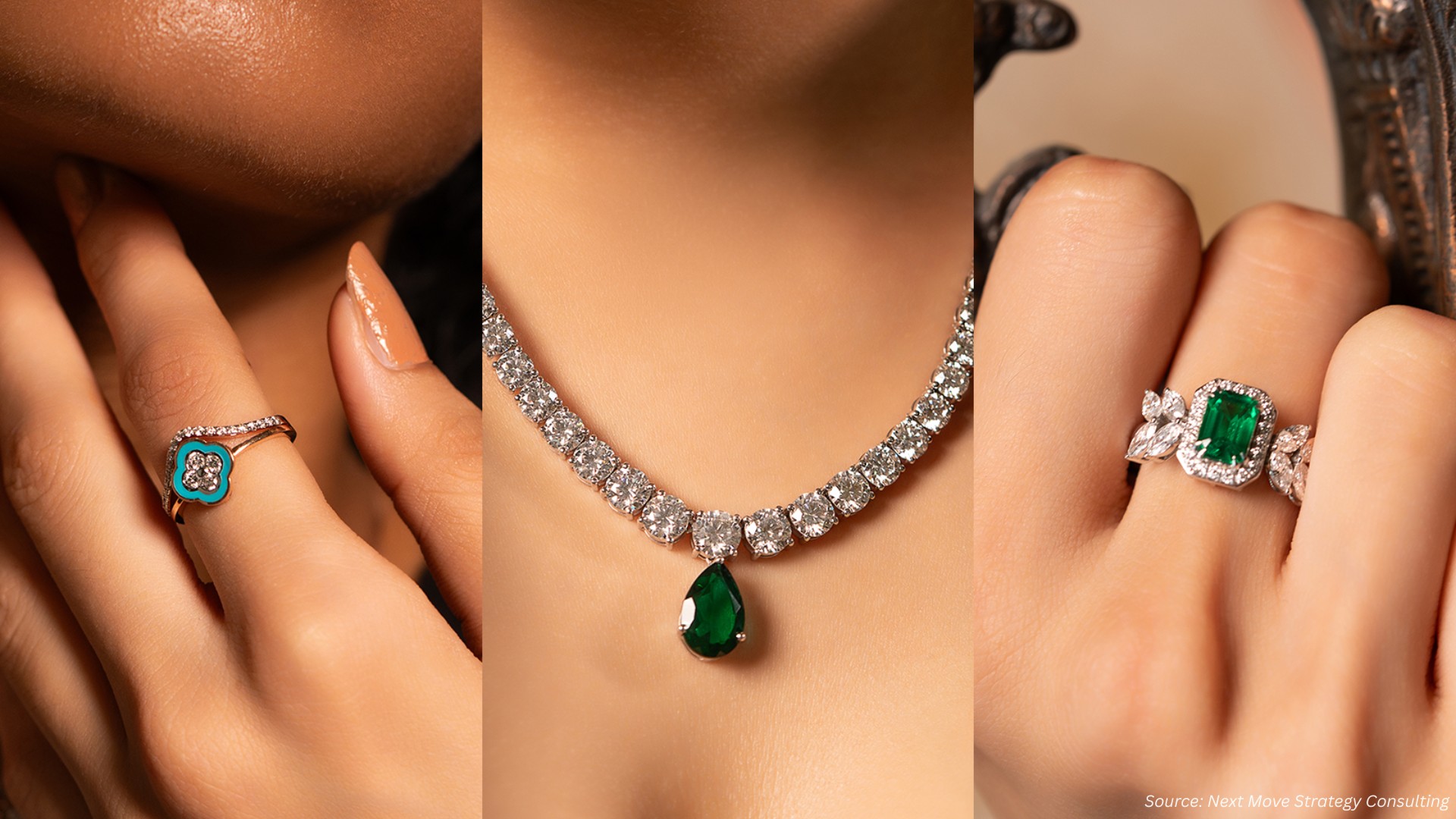
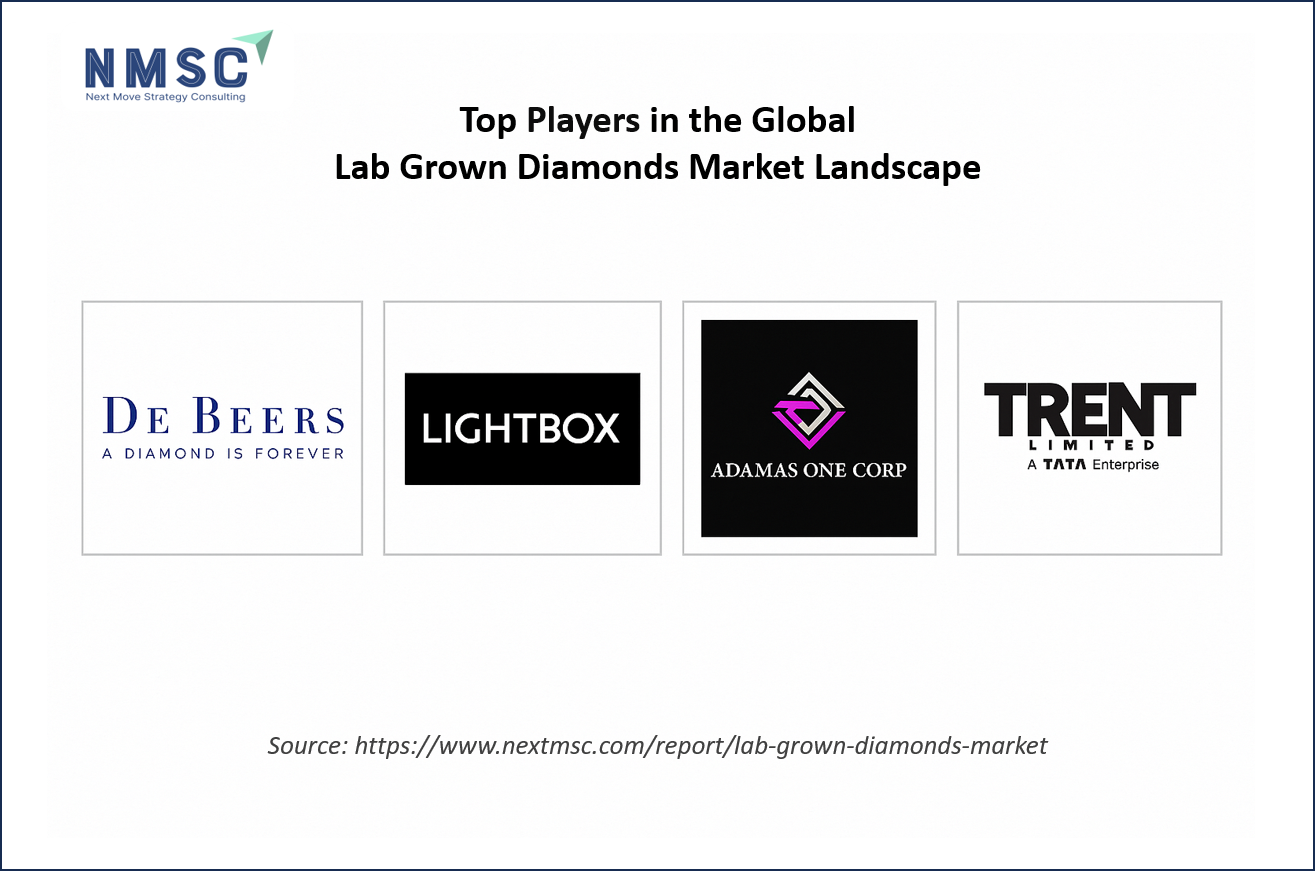
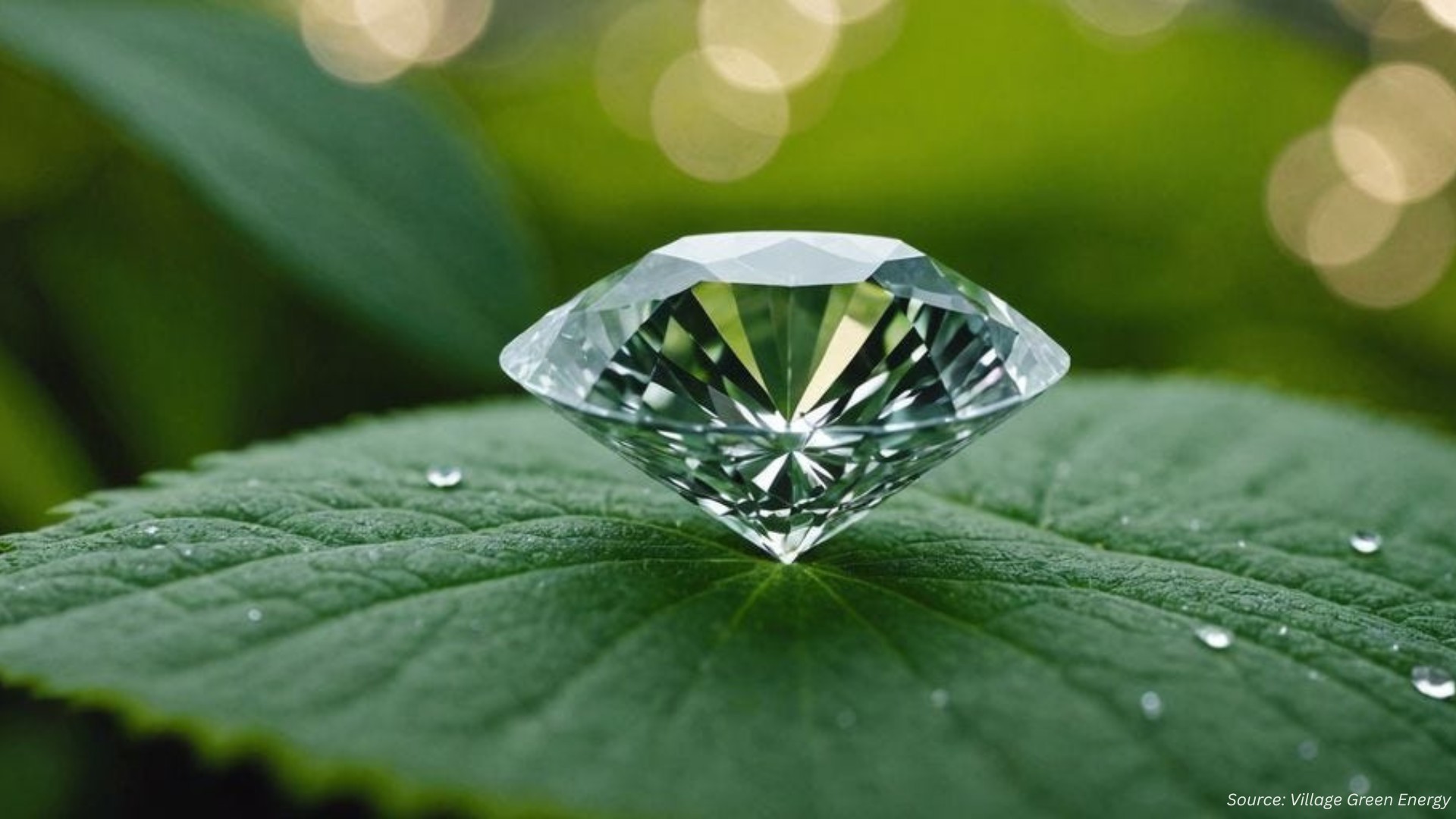










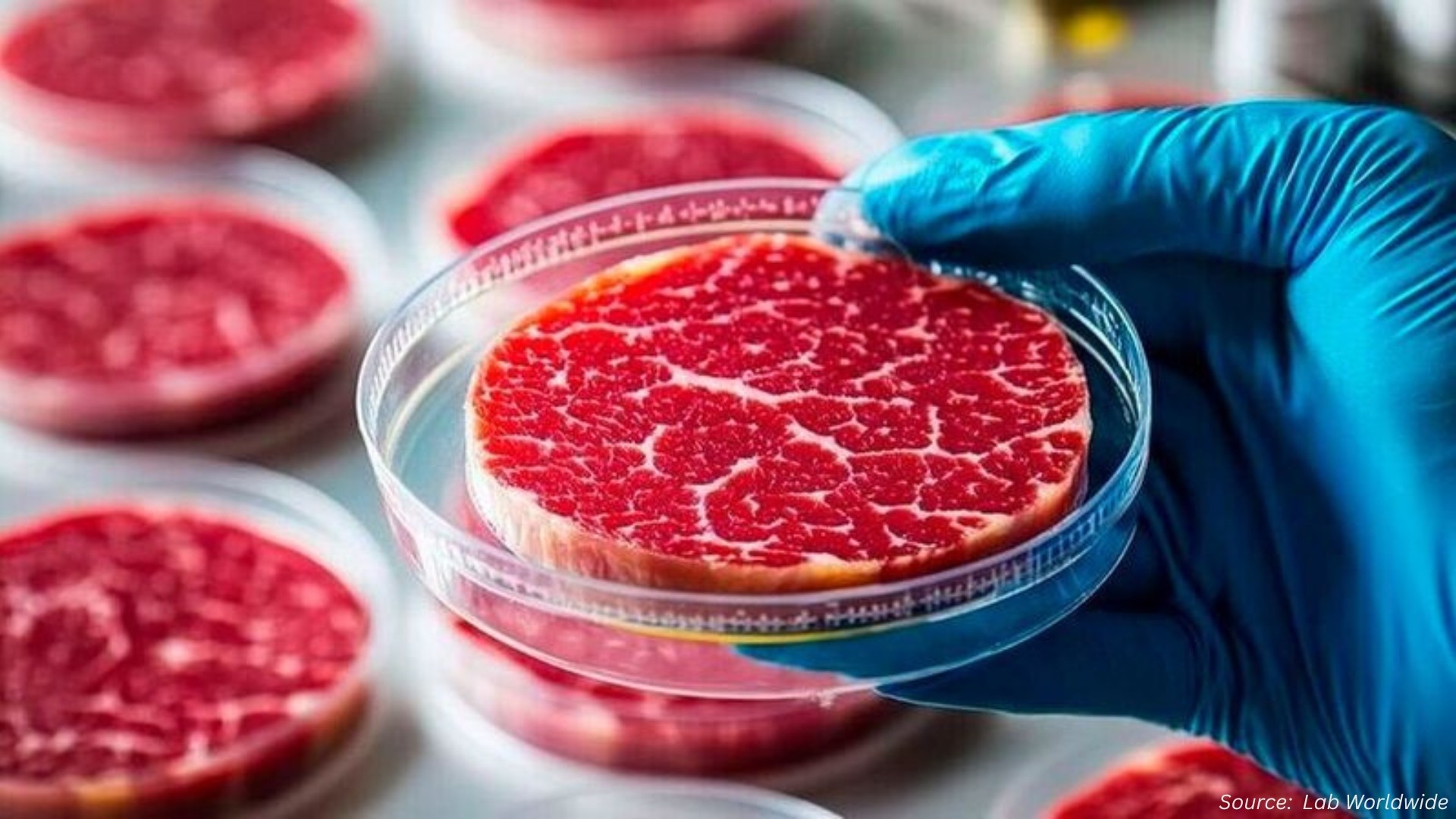





Add Comment